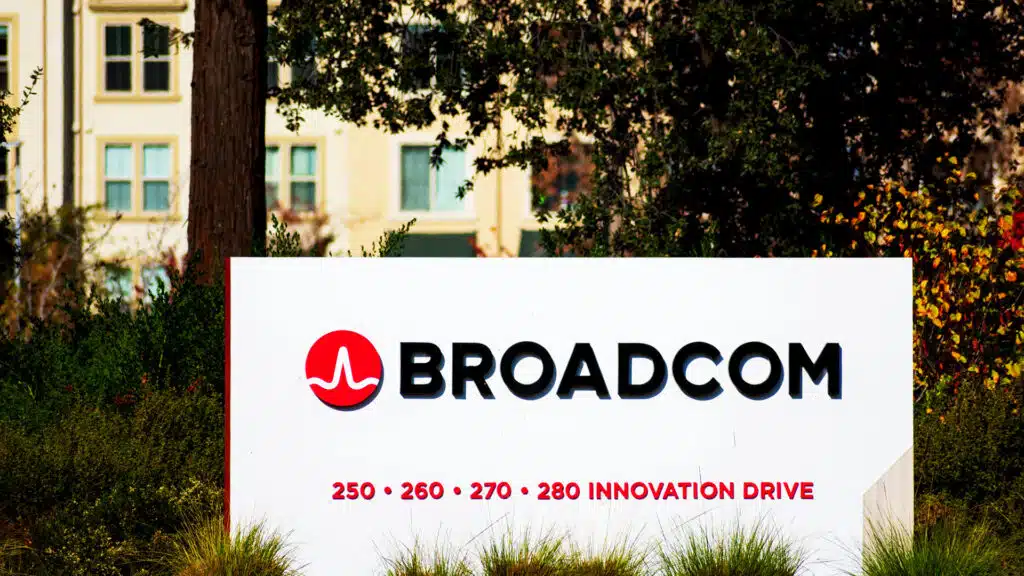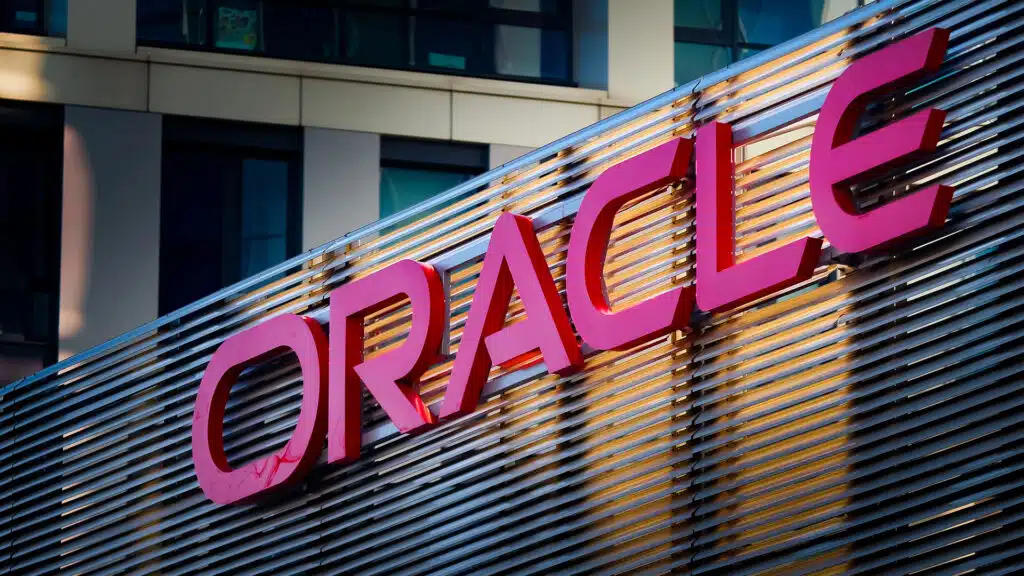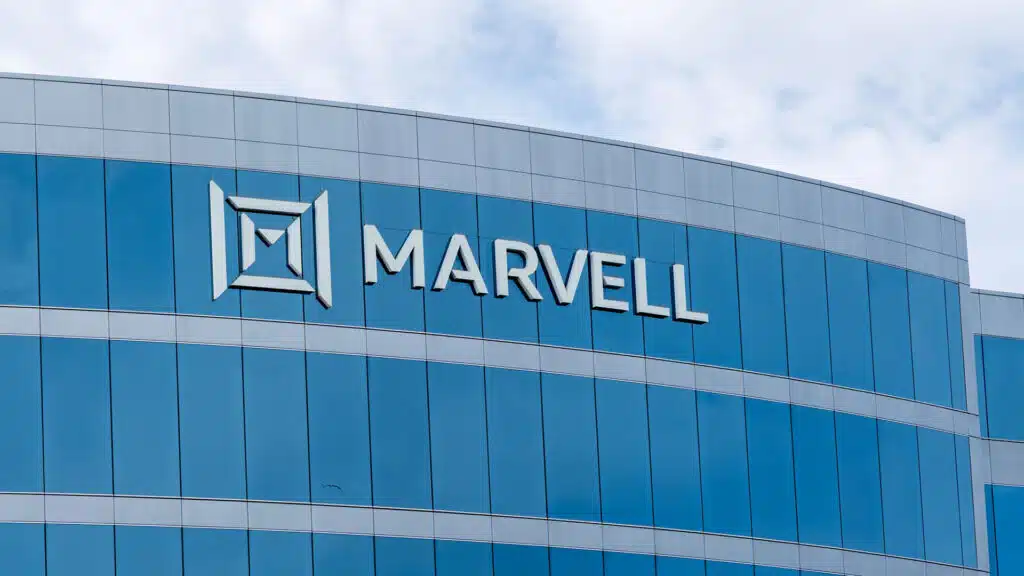The News: Microsoft launched a Linux distribution at the annual Microsoft Build event recently. For the full details, please see Microsoft’s blog post here.
Microsoft Launches Linux Distribution
Analyst Take: For a company whose CEO once called Linux a “cancer” to offer a Linux distribution is big news, and indicative of how things have changed. Let us take a history lesson for a moment: back in the early 2000s, Linux was gaining popularity but Windows and for that matter UNIX in its various flavors were the prevalent operating systems in enterprise data centers. In an interview from June 2001, Microsoft CEO Steve Ballmer made controversial statements about Linux, calling it a “cancer” due to his concern that the GNU GPL license requires all software to be open source if any open-source software is used. Ballmer’s assertion was based on a misinterpretation of the license terms. Ballmer argued that open source is detrimental to commercial software companies and government funding should not support it. In short, open source was the enemy, particularly to the business model of how Microsoft made money in the early 2000s. How things have changed.
Azure Linux is a container host operating system (OS) specifically created for the Azure Kubernetes Service (AKS). It is an open-source solution optimized for Azure, with the goal of simplifying the deployment and management of container workloads using Microsoft’s tools. Essentially, Azure Linux is designed to run multiple containers in the cloud. The development of Azure Linux originated from Microsoft’s CBL-Mariner project, which was initiated to establish an internal Linux distribution and provide a unified platform for the various workloads running on Azure, according to Jim Perrin, the principal program manager for Microsoft Azure Linux.
Azure Linux is an open-source distribution designed to address the need for an internal Linux distribution and a consistent platform for the diverse workloads running on Azure. This custom-built distribution is optimized to support container hosting for AKS, and it operates on Microsoft’s Windows Hyper-V hypervisor within a virtual machine (VM). Azure Linux offers reliability and consistency across various products and environments, including AKS, AKS-HCI, and Arc. It has a lightweight footprint with a core image of 400 MB and 300 MB packages, ensuring optimal performance and security.
Built-in Security and Reliability
Microsoft has made security and reliability a top priority for the Azure Linux container host, according to its launch announcement. The company implemented a comprehensive approach to achieve this goal. First, all updates undergo thorough validation testing within Azure; and second, these tests are updated as needed to accommodate new scenarios and ensure the highest level of quality.
Moreover, Microsoft maintains a vigilant watch over the entire software supply chain. By closely monitoring and curating the software components used in Azure Linux, there is a greater assurance of quality and resilience throughout the system. This approach enables the company to deliver a secure and reliable platform for running workloads, giving users peace of mind and confidence in the integrity of operations. This level of CI/CD pipeline attestation is becoming table stakes but is still good to see.
Another advantage, in my assessment, is that the Azure Linux container host has a minimal package footprint. By minimizing the number of packages included, Microsoft reduces the potential attack surface and consequently lowers the volume of security patching required. This enables the Azure distribution to promptly address any security issues that may arise, ensuring a timely and effective response.
Looking Ahead
As Kubernetes, Linux, and open source become the default developer approach for many enterprises, Microsoft, once a staunch enemy of Linux, has had to change its tune. 5+ years ago, Linux overtook Windows as the most widely deployed operating system on Azure, so this announcement should not be surprising, but it is still a jarring change for those of us old enough to remember back to the early 2000s.
I expect to see more from Microsoft when it comes to open source and Linux going forward, and I will have to try harder not to be shocked, as it makes perfect sense both technically and commercially.
Disclosure: The Futurum Group is a research and advisory firm that engages or has engaged in research, analysis, and advisory services with many technology companies, including those mentioned in this article. The author does not hold any equity positions with any company mentioned in this article.
Analysis and opinions expressed herein are specific to the analyst individually and data and other information that might have been provided for validation, not those of The Futurum Group as a whole.
Other insights from The Futurum Group:
Qualcomm and Microsoft: On-Device AI Will Make the PC Experience Shine
Microsoft Begins Rolling Out iMessage on Windows 11
Tapping into the Power of Microsoft Dynamics 365 Copilot Across the Organization
Author Information
Steven engages with the world’s largest technology brands to explore new operating models and how they drive innovation and competitive edge.







